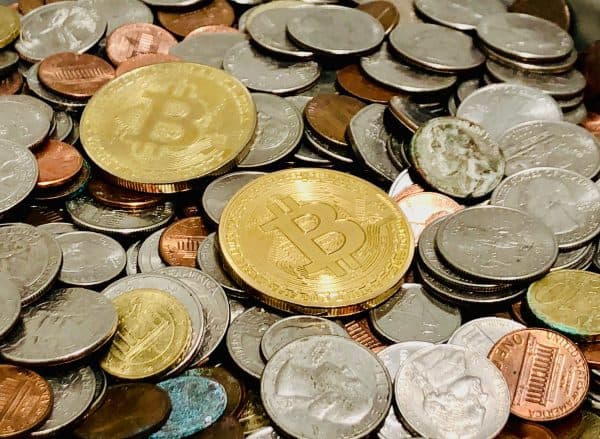Cryptocurrency isn’t just here to stay – it’s the “future of money,” according to an update from Coinbase (NASDAQ:COIN). The largest crypto exchange in the US has outlined the status of digital assets while predicting a bullish future for crypto.
Even in the aftermath of a difficult period for crypto, the Coinbase team claims that the industry has “turned the page on the unlawful behavior that distracted from its progress; compliant growth is in.”
Following its massive market correction, crypto is “up 90% in value this year and 60% in volume in Q4.”
Globally, 425 million people “own it, and 83% of G20 countries and major financial hubs have enacted or are working toward rules that create certainty for the industry. With that kind of scale and momentum, innovation builds on itself.”
As just about everyone expects, the approval of spot bitcoin ETFs could fuel more interest and growth for the industry.
Every day, more consumers have “grown up with the internet, and they expect to be able to move their money with a speed, reach, and autonomy that legacy financial institutions, and even online payment systems based on these institutions, can’t deliver.”
They also want to move it “cheaply, without powerful institutions gating their access and charging high fees and interest rates.”
Today, in the US, half or more of key consumers and voters “are actively seeking alternatives to the current system, including 52% of adults aged 18-40.”
Coinbase declares that crypto is helping to “create a more open, more global system.”
Around the world, more than 100,000 merchants and payment rails themselves “take payment in crypto, including PayPal and Visa. Among the reasons why: lower fees, higher speed, and access to new customers.”
In 2022, global onchain stablecoin transfers “approached $9 trillion – more than Mastercard, Amex, and Discover combined. Stablecoins help currencies like the US dollar exist in digital form.”
They’re faster, more affordable, and “more accessible than fiat money, but just as stable and secure.”
For everyday users, they offer “the benefits of cash without the drawbacks. In countries with unstable governments and currencies, they offer citizens secure cross-border transactions.”
Countries with low economic freedom, “such as Argentina, and Brazil, have among the highest usage rates of crypto payments and adoption as a share of wealth (and are among the biggest populations in the world).”
A great example of crypto being the future of payment rails are workers living abroad leveraging digital assets to send remittances. About “one in nine people globally depend on them. Crypto transfers, on average, are 96% cheaper than other transfers and take 10 minutes compared to up to 10 days.”
While digital assets have great promise, the lack of a clear regulatory approach in the US has stymied growth. As the US is the largest economy in the world, it has an impact on just about any market. At the same time, other global financial centers, like the UK – are moving to emerge as a top crypto hub.
So what will it take to push the US forward to working with crypto innovators instead of against them? A change in administration perhaps. An act of Congress is necessary. As the lead securities regulator in the US remains a determined skeptic to the net benefits of digital assets, it may take a bit longer. Meanwhile, the rest of the world moves forward.
While Coinbase is preaching to the choir, it is a good read. You can see the blog post here.


